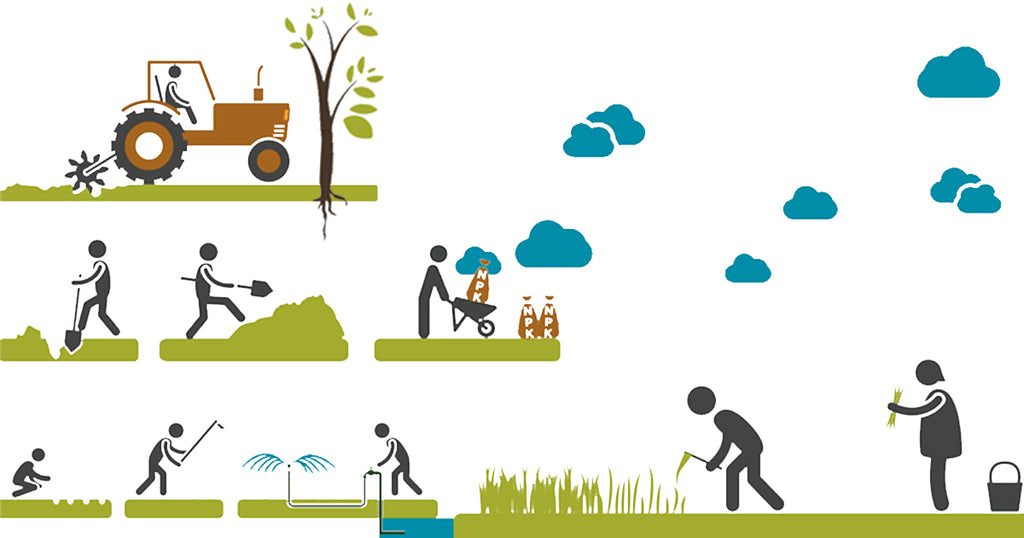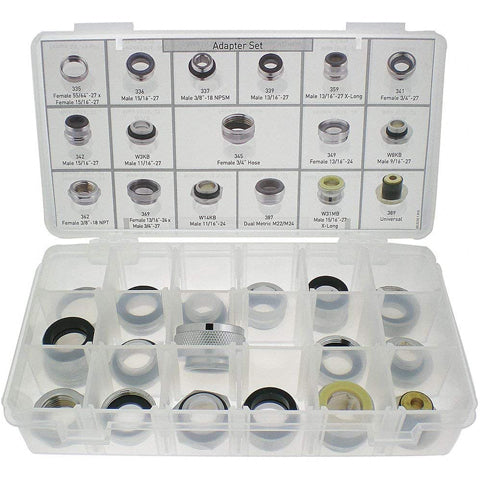The Story of Food

This is one of my favorite stories because you know the story. You already know what I’m going to tell you… I’m just going to bring it to your attention. Some of the words you might not understand yet, but you will understand the concept.
Let me take you back to a time, before our time… when things grew naturally in nature, in a pristine environment, where there was nothing added and nothing lost. It was a perfect orchestration of God’s creation! You had over 35,000 different bacteria in the soil and 5,000 fungi. You had the Biogeochemical Cycles: the hydro-logic cycle, the carbon cycle, the nitrogen cycle, the oxygen cycle, the sulfur cycle, the phosphate cycle, the mineral cycle, the telluric current cycle, the silica cycle, and the alumina cycle.
Then you had your plants doing the majority of photosynthesis: 6 parts carbon in > 6 parts oxygen out > 1-part sugar. The larger trees and plants were donating polysaccharides (sugars) to the smaller plants for the complex process of converting an inorganic mineral into a usable form. These sugars would go down into the roots and mix with the 35,000 bacteria, 5,000 fungi, and carbon from the atmosphere in order to encapsulate a metallic in carbon, forming an organic (plant-derived) mineral. Only a land plant when the Biogeochemical cycles and everything is in intact can convert an inorganic mineral into this bio-available form.
Then you have what is called the fungal hyphae, which is the “wood wide web,” and that is the connection which links this symbiotic relationship all together. Here is where the carrots loved tomatoes, peas loved corn, spinach loved apple trees, etc. If a tree were to get hit by lightning and loose its top half, the fungal hyphae says, “Hey! Homeboy got hit with lightning over here. He isn’t going to be able to produce any polysaccharides. He is gonna go down… He has a whole group of trees (brothers over here) intertwined in his roots. If we lose him, we are going to lose this whole section over here! So, we are going to donate polysaccharides to this stump, in order to keep it alive because we need its root matrix.”
So, in this symbiotic relationship, there was nothing added and nothing lost. A plant would bring up an inorganic minerals and convert it to a usable form (organic mineral). The plant would mulch itself and the humic acid in the soil would contribute to the decomposition process, changing it back to inorganic. The plant would bring it back up again, turn it into food (organic mineral). An animal would eat it then excrete it, back to inorganic. A plant would bring it back up, an animal would eat it. Once the animal dies, it goes back to inorganic all over again.
Every breath, every urination, every feces, every corpse, everything was recycled and there was nothing else to be added and nothing was ever lost! It was a perfect orchestration of God’s creation. Everything lives symbiotically, you had the “wood wide web”, the biogeochemical cycles, the fungal hyphae, the biota, the plants and animals in specific regions, you had your biosphere (the inhabitable portion of the atmosphere) which includes the atmosphere, ecosphere, hydrosphere, and lithosphere, in other words ecosystem… and in this perfect orchestration there was nothing added and nothing lost. Do you get that picture?
Now lets examine the true cost of burning fossil fuel... Each year, billions of tons of toxic byproducts from fossil fuel combustion are sent into the atmosphere. Our global atmosphere is said to now be on the receiving end of over 20 billion tons of carbon dioxide, 130 million tons of sulfur dioxide, 97 million tons of hydrocarbons, 53 million tons of nitrogen oxides, and more than 3 million tons of arsenic, cadmium, lead, mercury, nickel, zinc, and other toxic metals. In addition, a host of synthetic organic compounds ranging from poly-chlorinated biphenyls (PCBs), toxaphene, and other pesticides are released. This doesn’t include 100 million tons of methane from cattle rearing alone!
Our current agriculture model rips out the fungal hyphae, the root matrix, and removes all pre-existing biota! All this so we can do our modern mono-crop chemical (N.P.K.) intensive farming. Where is the symbiotic relationship in this equation? We have been inflicting even more unnecessary harm to our fragile ecosystems on top of the acid rain, which is all ready destroying the alkaline microbes while simultaneously mutating the acidic ones. To further advance this dilemma, in the process of ripping everything out and doing mono-crop for well over a one hundred years, we pulled out the minerals and sent them on a one way trip down the toilet. I thought you said nothing added, nothing lost?











